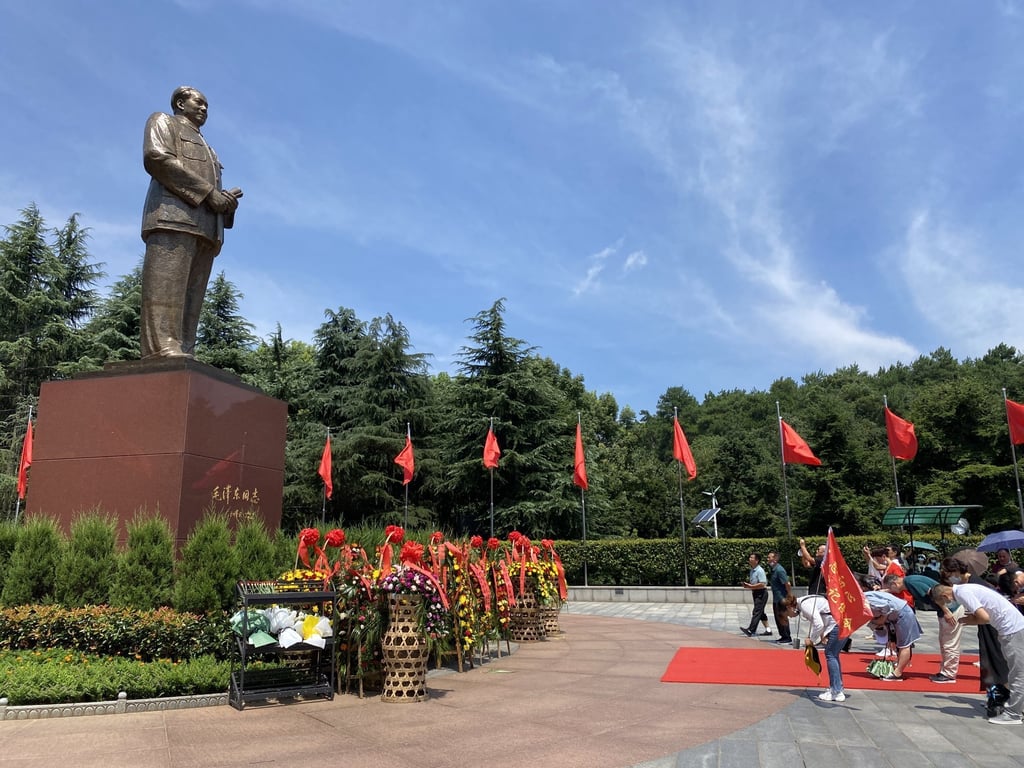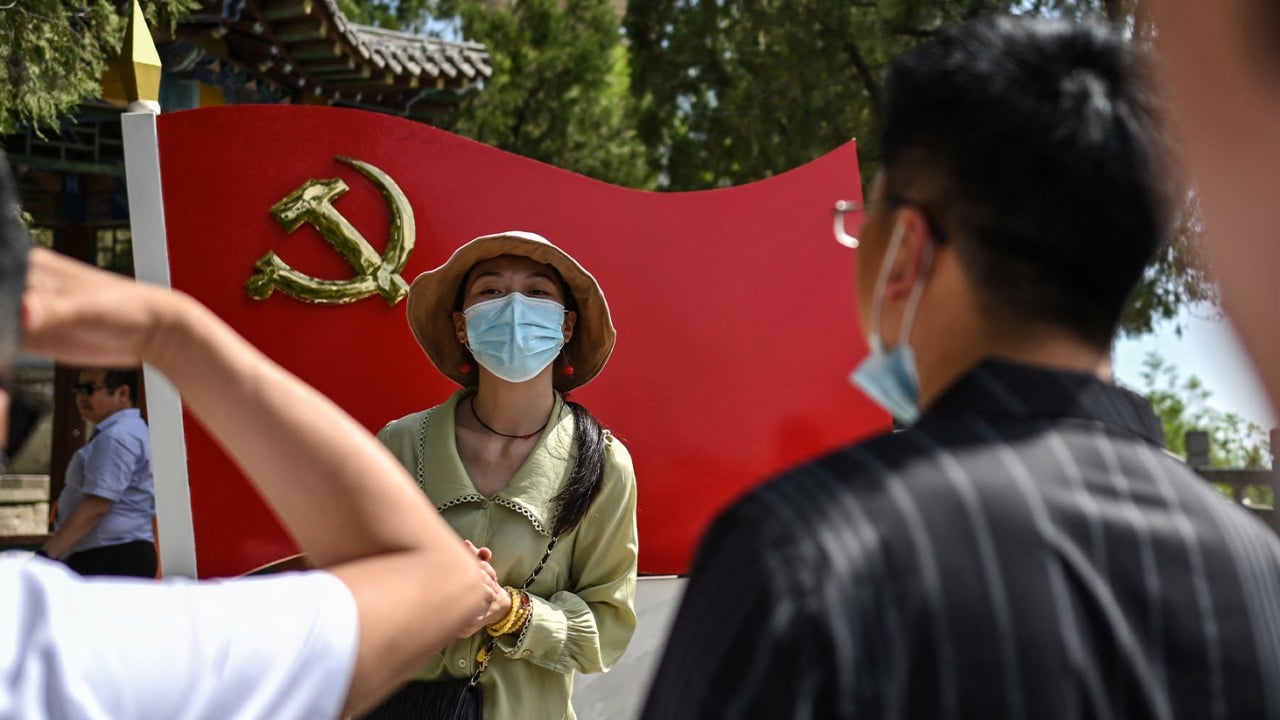Destinations known | ‘Red tourism’ in China ahead of Communist Party centenary appears rampant … but with borders shut, where else is there to go?
- This Labour Day holiday, in contrast to earlier years when overseas trips were common, many Chinese tourists visited sites pivotal to Communist Party history
- A tenfold rise in ‘red tourism’ in the 15 years to 2019 was earlier reported, and interest has apparently grown since then with the party’s centenary looming

Travel teaches us a lot. Visiting a destination gives us insight into its people, culture, cuisine and history.
The latter was apparently high on the agenda of mainland Chinese tourists, whose Labour Day holiday itineraries were led by visits to sites central to the founding of the Communist Party, ahead of its upcoming centenary on July 1.
Before the extended public holiday, which ran from May 1 to 5, online travel agent Trip.com predicted that as many as 200 million domestic trips would be made. That’s not only a record-breaking number – up from 195 million in 2019 – it also lends credence to the idea that “revenge travel” is a genuine phenomenon.
No doubt helping drive interest in domestic hotspots is the fact that international travel is all but off the cards, with most returning travellers subject to a 14-day quarantine in their city of arrival and some facing further enforced isolation when they reach their hometown. As Reuters recently reported: “Before the pandemic, the Labour Day holiday was a peak period for international trips, with Thailand, Japan and Singapore the hottest destinations.”

In the absence of overseas adventures, patriotic pilgrimages were made to places that played a pivotal role in the history of China’s dominant political party. Places such as the Jinggang Mountains, in Jiangxi province, a former Red Army base known as the “cradle of the Chinese revolution”, and Shaoshan, Mao Zedong’s hometown, in Hunan province.


